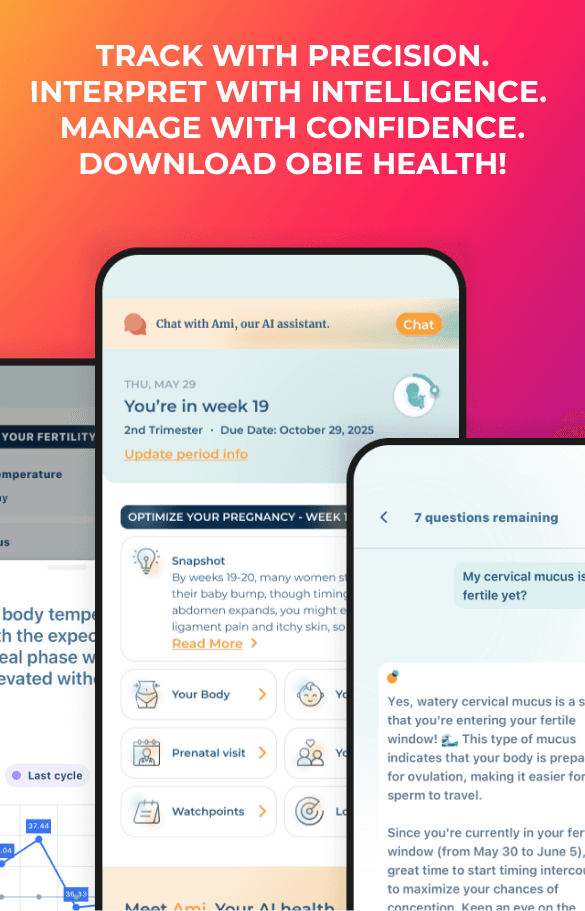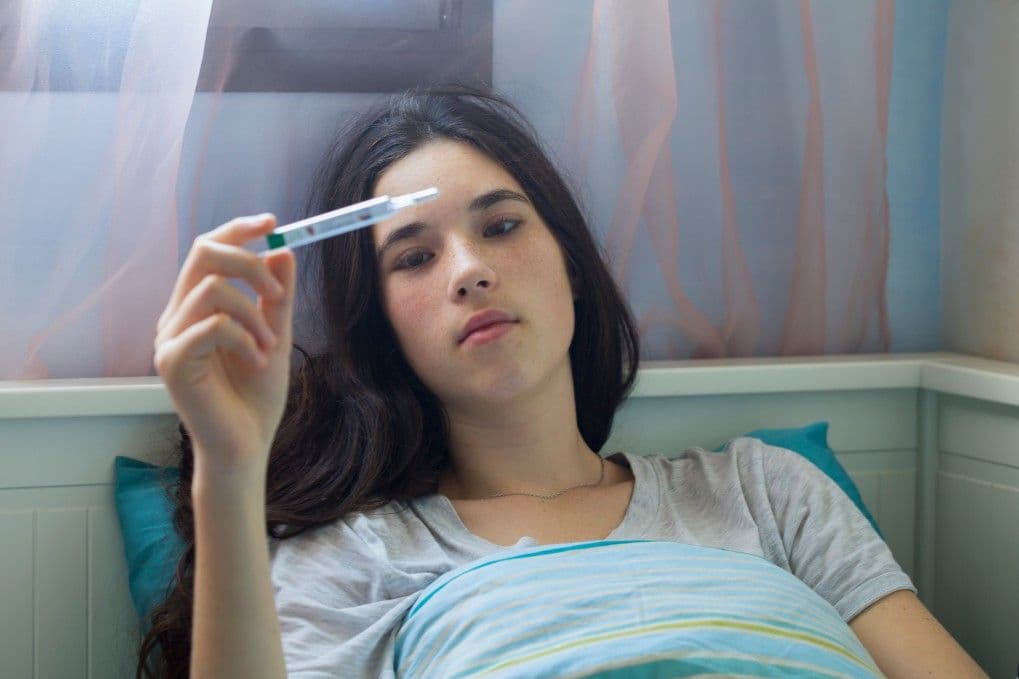Researchers Develop New Pediatric Liver Biopsy Technique
Obie Editorial Team
I don’t entirely enjoy being poked with sharp objects at the doctor’s
office, but as an adult, I can understand its purpose. However, I also
understand how needles can be absolutely terrifying for children,
especially if they need more than just a simply booster shot. Liver biopsies involve a rather small needle, but the patient is also given a sedative and a topical anesthetic to numb the pain. The procedure takes about five minutes to complete. There is still some pain associated with the procedure however, since the needle actually needs to go all the way to the liver to collect a sample. Because of the fear and pain associated with this procedure especially for pediatric patients, a new technique has been developed that will eliminate the needle part entirely.
More and more children are being diagnosed with non-alcoholic fatty liver disease (NAFLD), partly due to the rising numbers of severely obese children. In the past, liver biopsies have been used to test for NAFLD, but now magnetic resonance elastography (MRE) can be used to test for the disease instead. This technique is even better than ultrasound-based elastography since many of the patients are obese.
Dr. Stavra Xanthakos, a gastroenterologist at Cincinnati Children's Hospital Medical Center, was the lead author of the study. Dr. Xanthakos along with Dr. Daniel Podberesky, chief of thoracoabdominal imaging at Cincinnati Children's tested 35 children and teens between the ages of four and 20 during 2011 and 2012 using both MRE and the traditional liver biopsy method. The study revealed that MRE was highly effective in detecting NAFLD and even more advanced fibrosis in children with chronic liver disease.
"Having the ability to easily and non-invasively assess the degree of fibrosis in a child's liver could help us identify the issue early and being the right course of treatment in a timely and effective manner," says Dr. Podberesky, "an added strength of magnetic resonance technology is the ability to more precisely measure liver fat, which allows us to non-invasively determine changes in liver fat quantity after clinical interventions."
Altogether, physicians at Cincinnati Children's have successfully assessed more than 200 children using liver MRE with no adverse events.
Source: Cincinnati Children's Hospital Medical Center (2013, September 20). Imaging technique detects pediatric liver disease without needle biopsy. ScienceDaily.
More and more children are being diagnosed with non-alcoholic fatty liver disease (NAFLD), partly due to the rising numbers of severely obese children. In the past, liver biopsies have been used to test for NAFLD, but now magnetic resonance elastography (MRE) can be used to test for the disease instead. This technique is even better than ultrasound-based elastography since many of the patients are obese.
Dr. Stavra Xanthakos, a gastroenterologist at Cincinnati Children's Hospital Medical Center, was the lead author of the study. Dr. Xanthakos along with Dr. Daniel Podberesky, chief of thoracoabdominal imaging at Cincinnati Children's tested 35 children and teens between the ages of four and 20 during 2011 and 2012 using both MRE and the traditional liver biopsy method. The study revealed that MRE was highly effective in detecting NAFLD and even more advanced fibrosis in children with chronic liver disease.
"Having the ability to easily and non-invasively assess the degree of fibrosis in a child's liver could help us identify the issue early and being the right course of treatment in a timely and effective manner," says Dr. Podberesky, "an added strength of magnetic resonance technology is the ability to more precisely measure liver fat, which allows us to non-invasively determine changes in liver fat quantity after clinical interventions."
Altogether, physicians at Cincinnati Children's have successfully assessed more than 200 children using liver MRE with no adverse events.
Source: Cincinnati Children's Hospital Medical Center (2013, September 20). Imaging technique detects pediatric liver disease without needle biopsy. ScienceDaily.







